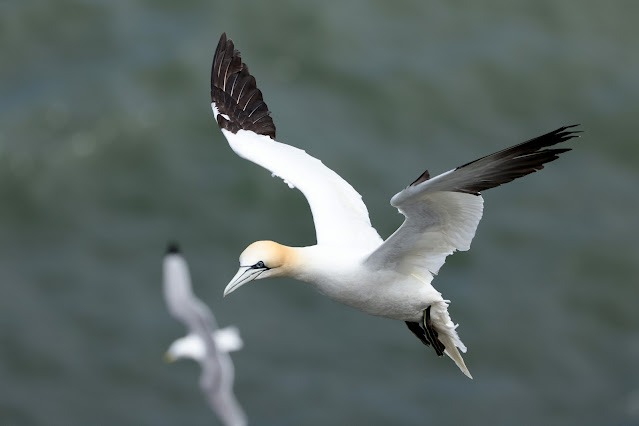20th May 2024
On holiday in East Yorkshire again so time for my annual pilgrimage to Bempton Cliffs. Luckily last week's fog had disappeared and I was greeted by a carpet of Red Campion and a lone specimen of Meadow Cranesbill on the cliff tops.
Bempton Cliffs is of course best known for its seabird colonies but its other speciality is the Tree Sparrow, especially if you are visiting from southern England where they are now extinct as a breeding species in many counties. Here at Bempton there is a thriving colony and can be seen around the visitor centre where the nest boxes are located, and also feeding along the tops of the cliffs. This one was searching for insects amongst the Cow Parsley.
So now on to the sea birds and start with the Kittiwake. Kittiwakes nest on narrow ledges on cliffs but will also nest on window ledges on buildings.
While there are thousands of Kittiwakes at Bempton there are relatively few Fulmar Petrels. I spent quite a lot of time on Fair Isle in the 1970s where Fulmars are very common and got to know them quite well and have always admired that subtle greyish mauve on the wings. But don't be fooled by their lovable appearance as if you get too close they will squirt a stinking oil at you, and if it gets on your clothes you might as well throw them away as no amount of washing will remove it.
Luckily there is no chance of getting too close to Fulmars at Bempton.
And finally the Gannets for which Bempton is truly famous.
Well what a fantastic morning at this most popular site and now for the auks so WATCH THIS SPACE!!!!!!



















































No comments:
Post a Comment
Note: only a member of this blog may post a comment.